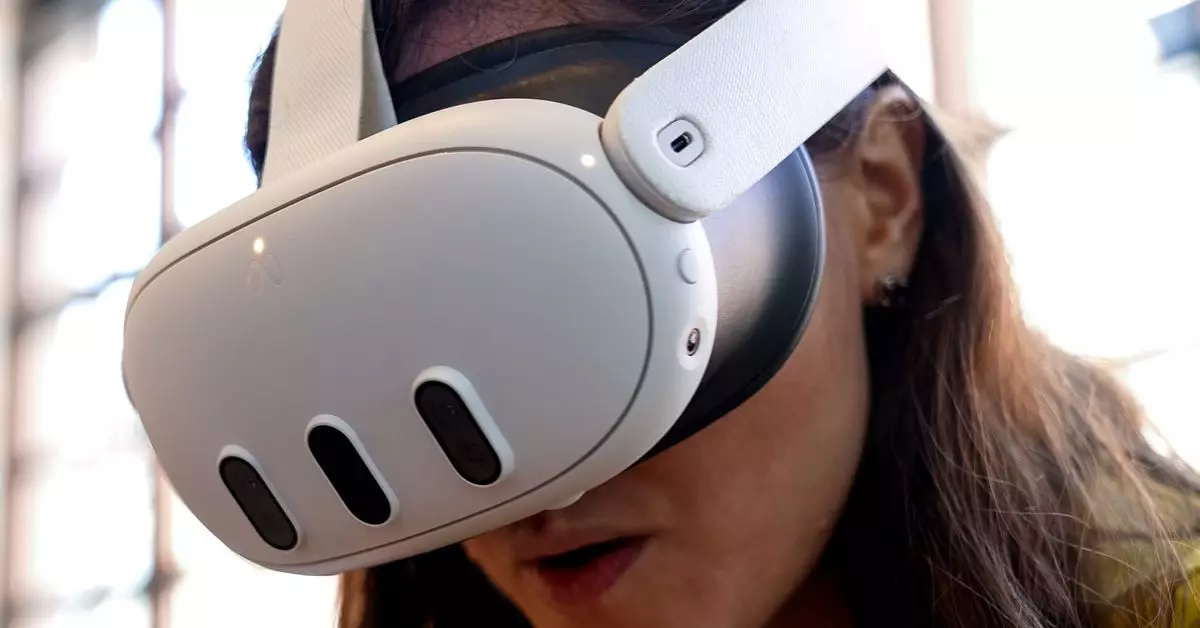Meta, formerly known as Facebook, has been pushing the boundaries of virtual reality technology with their Quest headsets. The latest update for the Quest line brings a new feature that allows users to place windows freely in their virtual environment, similar to the Apple Vision Pro. This update aims to enhance multitasking capabilities for users, making it easier to navigate and interact with multiple apps simultaneously. However, upon closer examination, there are some significant limitations and differences between Meta’s implementation and Apple’s offering.
The new feature introduced in the update allows users to move up to three windows from 2D apps around their virtual space. This includes apps such as browsers and system settings. Users can also dock another three windows in a side-by-side layout. While this provides some flexibility in organizing and accessing information, there are limitations to how far the windows can be moved and how they maintain their positions. The windows may reset to their default positions when the user changes orientation or resets their view, limiting the utility of the feature in practical use.
The Apple Vision Pro offers a similar window placement feature, allowing users to move windows around their physical space and lock them in place even when the headset is removed. This level of spatial awareness and persistence is a significant advantage over Meta’s implementation. Users of the Vision Pro can place windows in specific locations, such as next to physical objects like a refrigerator or TV, and interact with them as if they were real objects. This seamless integration of virtual and physical space sets Apple’s offering apart from Meta’s Quest headsets.
While Meta has been emphasizing the productivity potential of the Quest headsets, especially with the latest update, there are still some limitations compared to the Apple Vision Pro. The Quest 3 may not offer the same level of seamless integration and persistence for windows, but it does come at a significantly lower price point. With the Quest 3 costing $3,000 less than the Vision Pro, users may be willing to compromise on certain features for the sake of affordability.
Meta’s latest update for their Quest headsets brings a new feature that allows users to place windows freely in their virtual environment. While this feature enhances multitasking capabilities, there are limitations in how the windows can be moved and maintained. When compared to the Apple Vision Pro, Meta’s implementation falls short in terms of spatial awareness and persistence. However, considering the lower cost of the Quest headsets, it may still be a viable option for users looking to explore virtual reality technology without breaking the bank.


Leave a Reply
You must be logged in to post a comment.